Hyundai Kona hybrid review: growing families will value the space – keen drivers will look elsewhere
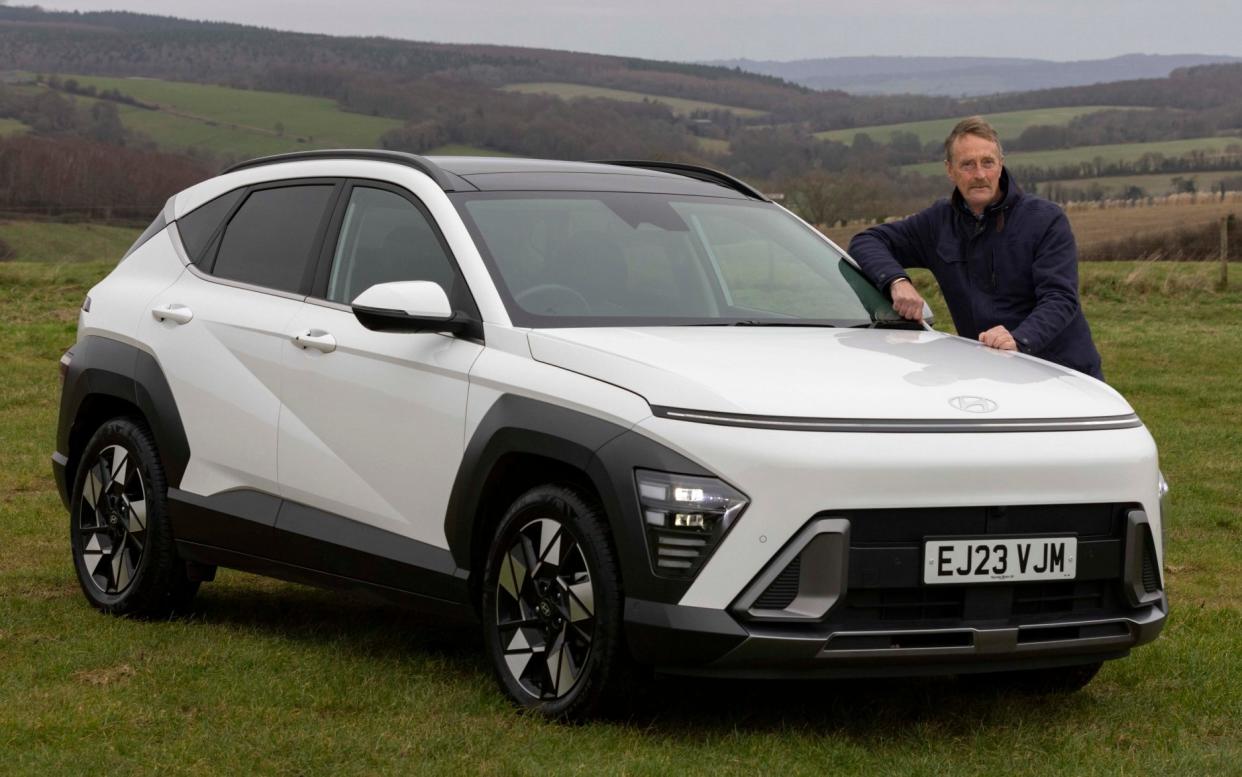
An SUV or a crossover? And, more to the point, do we care? Whichever class it came from, the first Hyundai Kona of 2017 was a useful, if slightly cramped, family wagon with a range of drivetrain options. UK buyers certainly liked it, with more than 65,000 sold since then, and a lot of those sales were through Covid lockdown.
Rivals included the Citroën C5 Aircross, Ford Kuga, Hyundai i20 and, from its launch in 2021, Hyundai’s own similarly sized – and cheaper – Bayon. Sometimes. I think car-makers are like children in a playground. One has a hat, they all want a hat. One has a mid-size SUV crossover, they all want not just one, but two...
So, unsurprisingly, the new Kona is larger than the outgoing model to place a bit of clear blue water between it and the other SUV/crossovers in the Hyundai stable. It also gets a new funky design, with that strip of LED lighting across the front which makes it look like an evil robot.
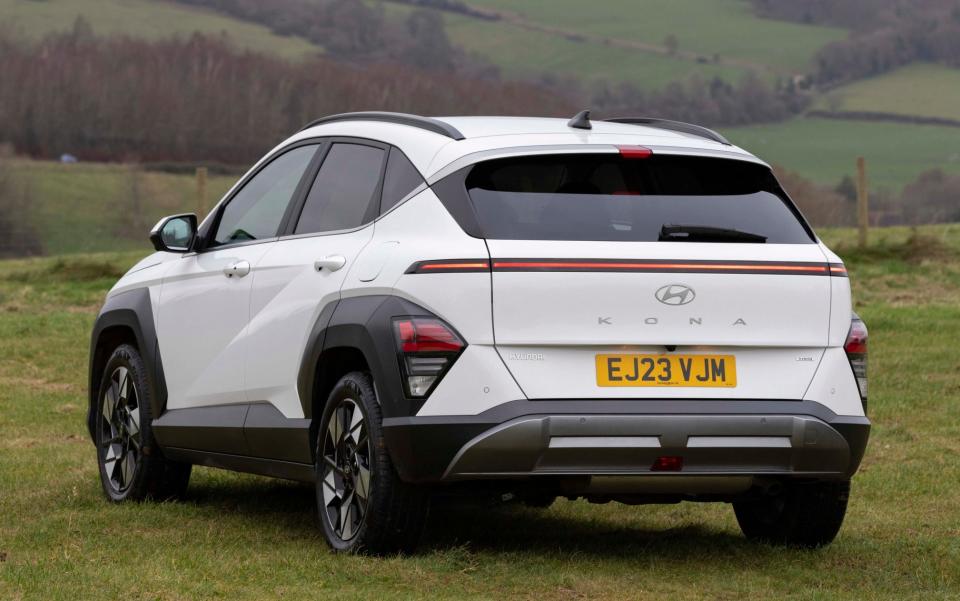
The latest Kona shares the Hyundai/Kia Group K3 platform with the Kia Niro, which means at 4,355mm in length, it’s 170mm longer than the old Kona, with 60mm of that in the wheelbase. It’s also 20mm taller and 60mm wider. In other words, somewhere between the Bayon and the Tucson.
The range includes hybrid petrol and two fully electric models, starting at £25,725 for the 1.0-litre 118bhp Advance, rising to £34,225 for the 1.6-litre 139bhp hybrid Ultimate tested here. Battery-only variants are a 48.4kWh 154bhp model costing £34,595 and a 65.4kWh 215bhp version at £38,595.
Interior appointments
It feels like a larger car than before, with generous and comfortable front seats and a large, useful centre console with a wireless phone charger. The storage spaces are really well thought out and there’s a lot of electric adjustment for the seats and a powered tailgate, but in places the trim feels cheap and unpleasant to the touch.
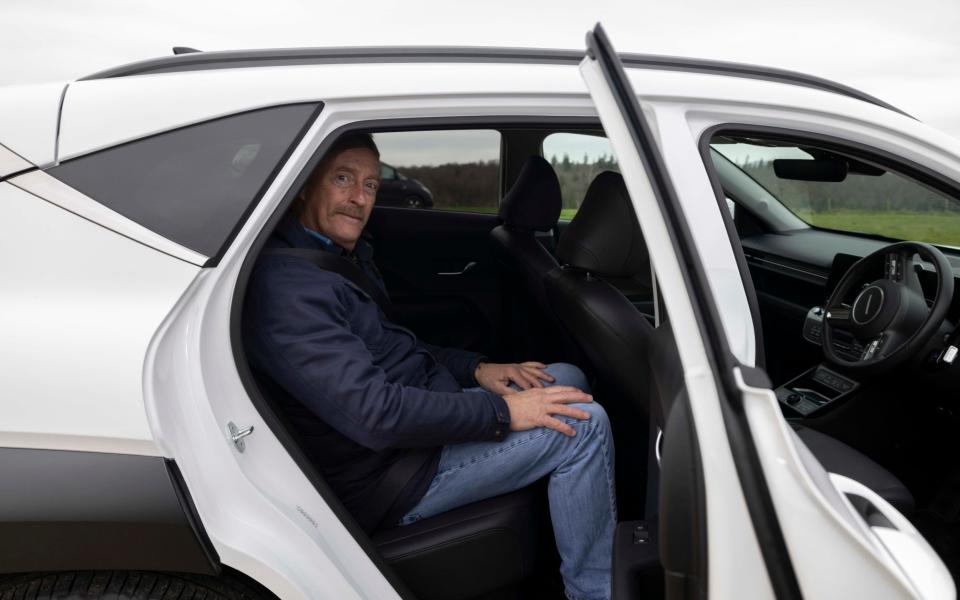
Also, a shame is the predicament of those drivers with larger feet who find their toes catching on the underside of the dashboard, especially if they have to brake suddenly.
The rear seats are pretty spacious, with enough room for one six footer to sit behind another with adequate knee room and loads of headroom. The boot is a generous 466 litres with the rear seats upright and 1,300 litres with them folded. In top model trim it weighs 1,525kg and tows up to 1.3 tonnes.
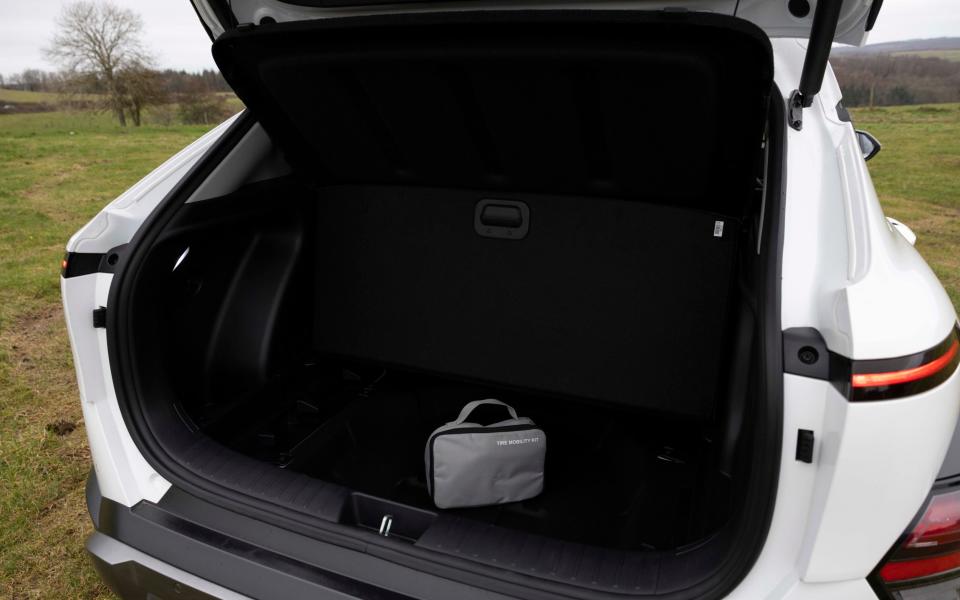
The dashboard mainly comprises a gently-curved glass screen in two 12.3-inch-sized parts; the instrument binnacle in front of the driver and a centre touchscreen. The graphics are clear and attractive, but the sequence of pushing on-screen tiles and swiping can leave you vulnerable to spending too much time with your eyes averted from the road. The Kona even has a helpful warning about this, which flashes up when you start the car.
Trouble is, even though the heater, air-con and demist controls have separate buttons, you still need to go into the touchscreen menus while driving and there are far too many levels and choices to do this safely. Switching off the annoying and often inaccurate speed limit warning system, for example, takes no less than five keystrokes.
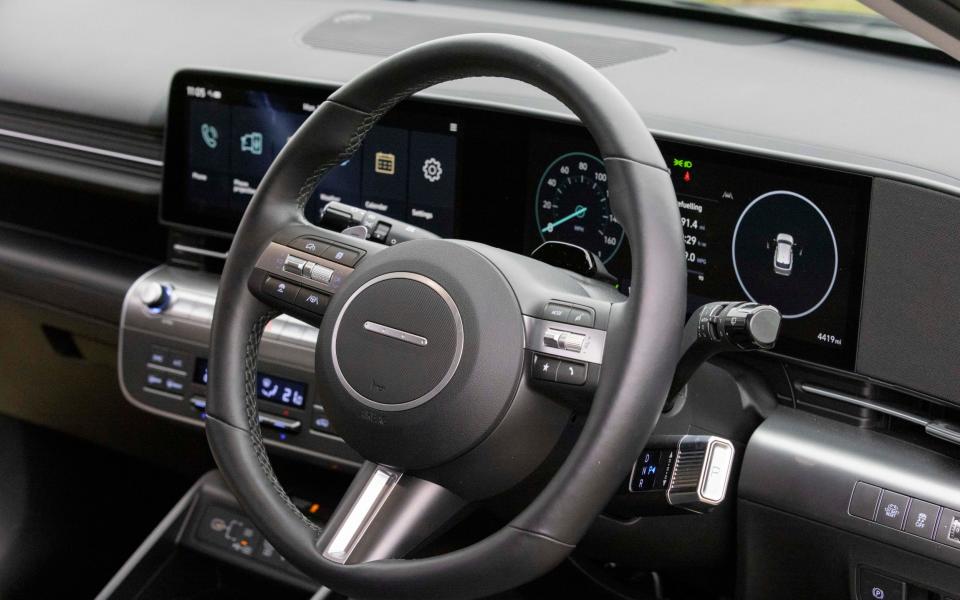
The Kona has Hyundai’s latest safety suite which includes all the camera and radar monitoring and automatic braking and lane-keeping systems. Most of it stays in the background, but the lane-keeping is over-intrusive and occasionally frightening as the car veers from oncoming cars and the road verges. Again, switching it off is complicated and leaves you with admonishing lights on the dashboard.
On the road
While the 1.6-litre naturally aspirated engine isn’t the world’s most refined unit, the hybrid electric drive augments the petrol power and adds considerable shove when you pull away. Almost too much, in fact, as the tyres are quick to lose grip and spin when emerging from a wet junction or uphill.
Once moving, though, the drivetrain feels sparky and eager, and you can use the steering wheel paddles to change up and down the dual-clutch gearbox. On motorways, however, the drivetrain surges unpleasantly and this isn’t the most restful car for long distances.
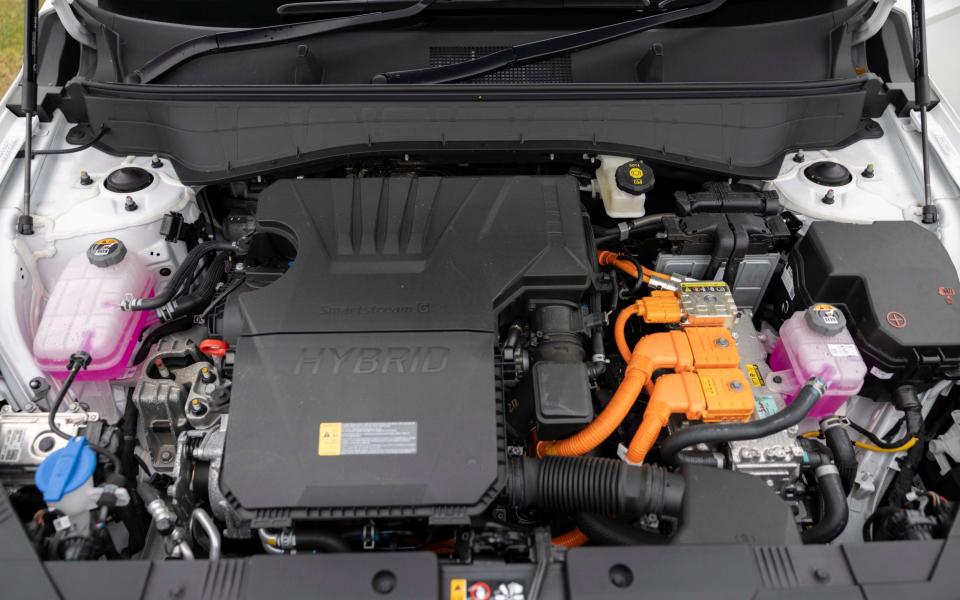
With MacPherson strut front and a multi-link independent rear suspension, the Kona starts with a good base for a decent ride and handling. And so it proves, though the suspension is a bit harsh and the fierce damping will have the road surface making itself felt inside. But jiggles aside, the Kona feels positive to drive, with a decent reaction to the steering, well-controlled body roll and decent brakes with good pedal feel.
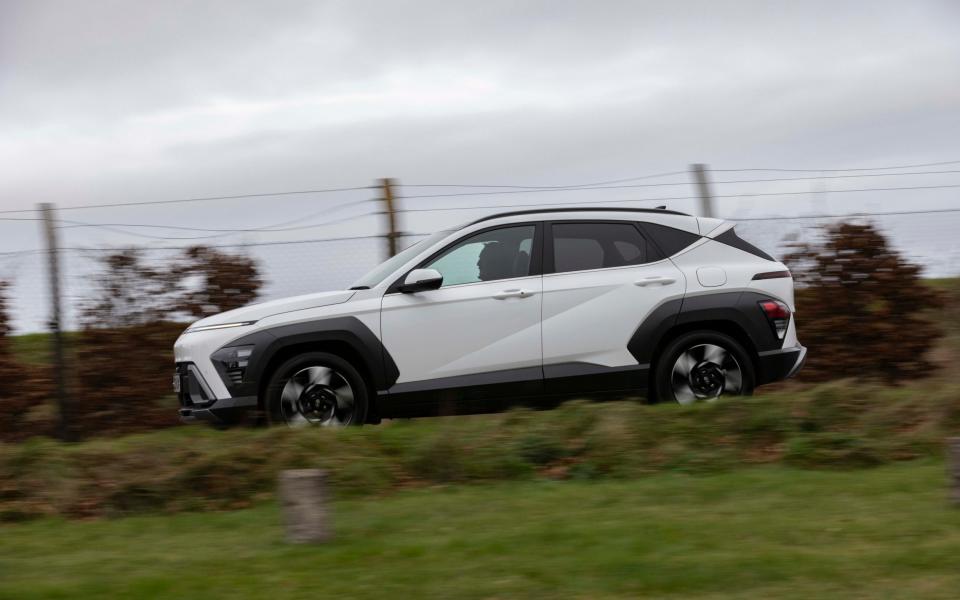
As for economy, what the Kona likes best is suburban roads, where traffic flows but decelerating for roundabouts and junctions gives a chance to recoup braking energy in the battery. In such conditions, we managed 52mpg compared with Hyundai’s WLTP claim of 60.1mpg. Flat out on a motorway, however, our consumption fell into the mid-40s.
The Telegraph verdict
If you can put up with the endless warning chimes from safety systems convinced you’re about to drive off the edge of the world (at one point I had five bongs going at once, with no indication what they were for) and that fact that this new Kona feels as though it has been slightly cynically re-engineered into a new price and size bracket, there’s some merit here, especially for growing families who will value the passenger and luggage space.
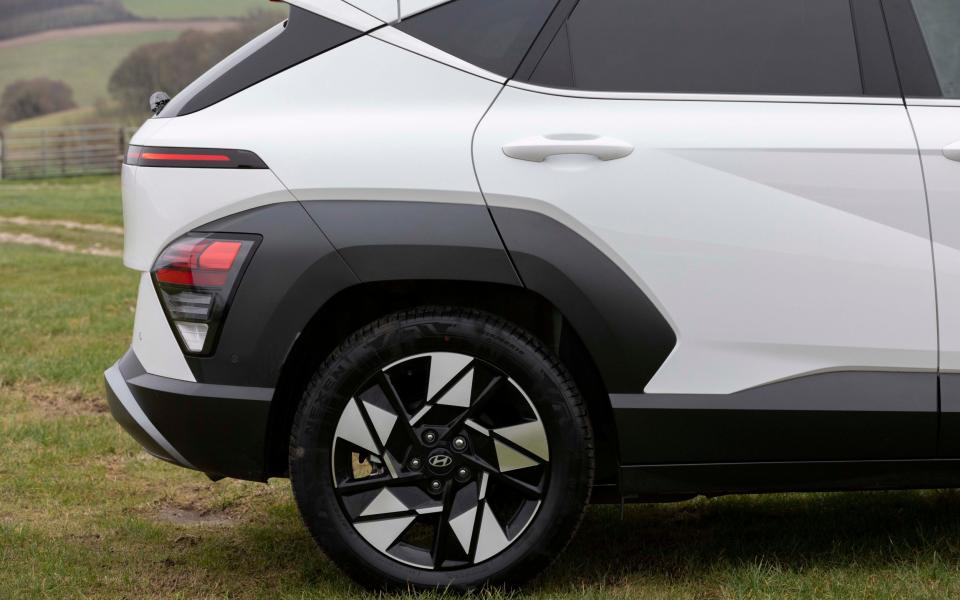
Keen drivers will prefer Ford’s offering in this sector, while Citroen’s C5 rides so much better without being a disaster in corners.
This is a highly competitive sector of the market and while Hyundai has done enough to get the Kona back in contention in the case of this hybrid model, that’s about all it has done.
Telegraph rating: Three stars out of five
The facts
On test: Hyundai Kona 1.6 Hybrid
Body style: five-door family crossover
On sale: now
How much? range from £25,725 (£34,225 as tested in Ultimate trim)
How fast? 100mph, 0-62mph in 11.3sec
How economical? 60.1mpg (WLTP Combined), 52mpg on test
Engine & gearbox: 1,580cc, four-cylinder petrol engine with six-speed dual-clutch gearbox, front-wheel drive
Electric powertrain: 43bhp/125lb ft AC permanent magnet synchronous motor hybrid system with 1.56kWh lithium-ion NMC battery
Electric range: 0 miles
Maximum power/torque: 139bhp @ 5,700rpm, 196lb ft @ 4,000rpm
CO2 emissions: 107g/km (WLTP Combined)
VED: £175 first year, then £170
Warranty: 5 years /unlimited mileage
The rivals
Nissan Juke Hybrid 143 Automatic 2WD, from £31,110
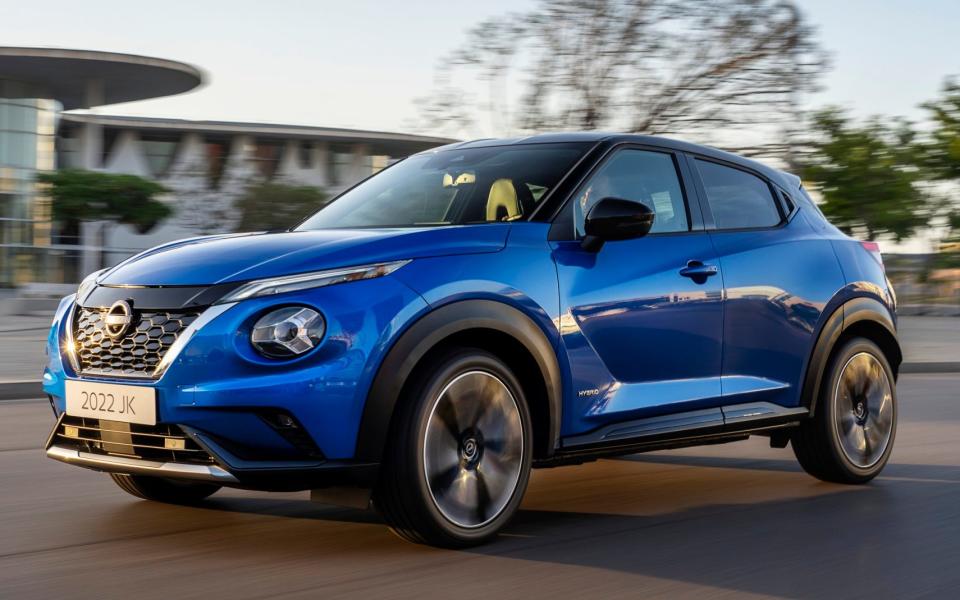
The Juke is slightly smaller than the Kona and accommodation suffers as a result. Only the N-Connecta and Tekna models have a hybrid option, which delivers sparky performance, 57.6mpg and 112g/km CO2 emissions. Good to drive, but weird to look at.
Skoda Kamiq 1.5 TSI 150 PS DSG, from £31,145
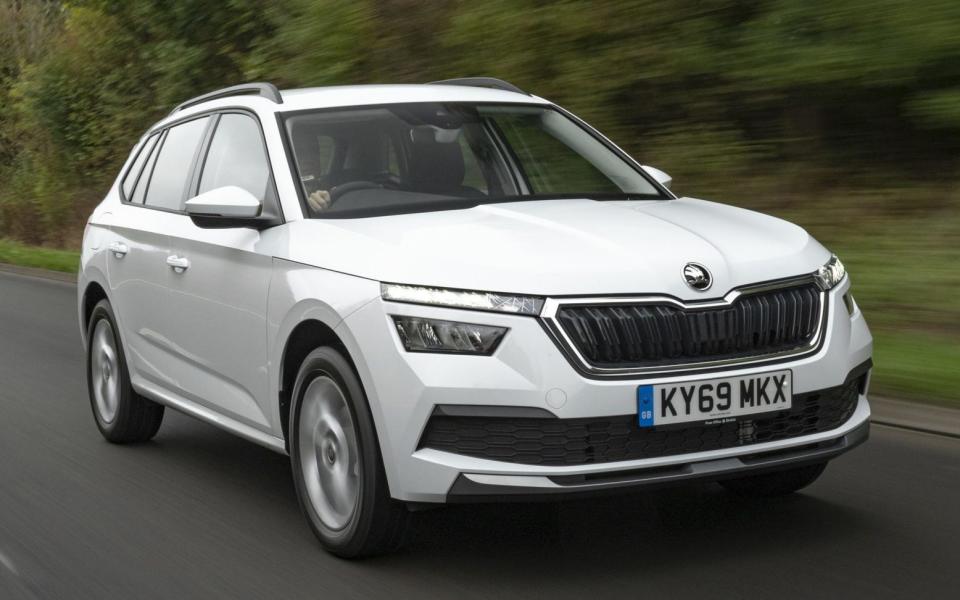
The Kamiq is a rather attractive small crossover aimed at families looking for combustion-engined transport at reasonable prices. It is brisk, well-equipped and good to drive and in this form comes with VW’s dual-clutch transmission.
Ford Puma ST-Line X, from £27,690
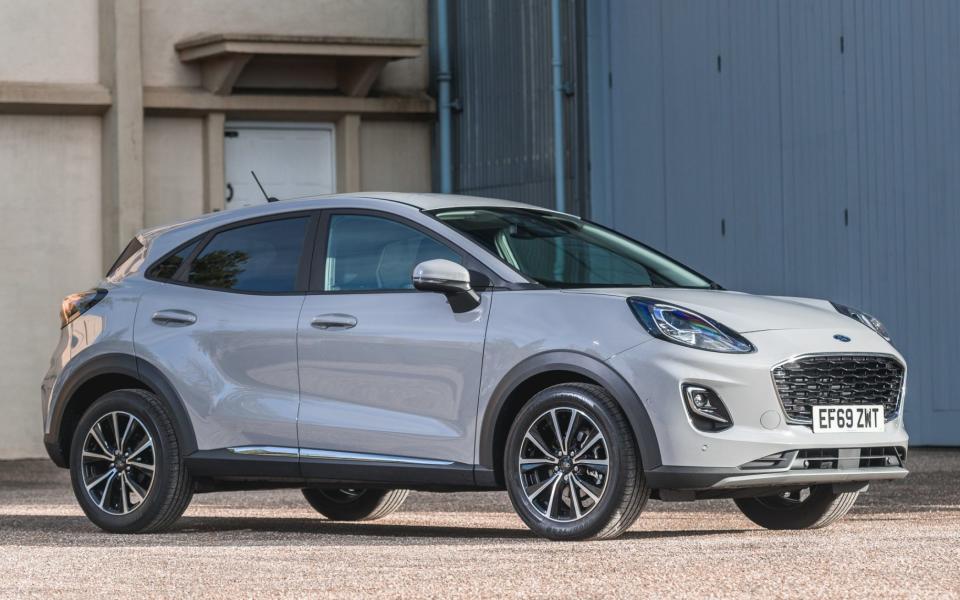
This Romanian-built Fiesta-based crossover is attractive and has some very practical features including a wet box in the boot. The 124bhp engine isn’t as powerful, there’s only a mild hybrid system and at this trim level it has only a manual gearbox, but it’s quite the best to drive in its class.

